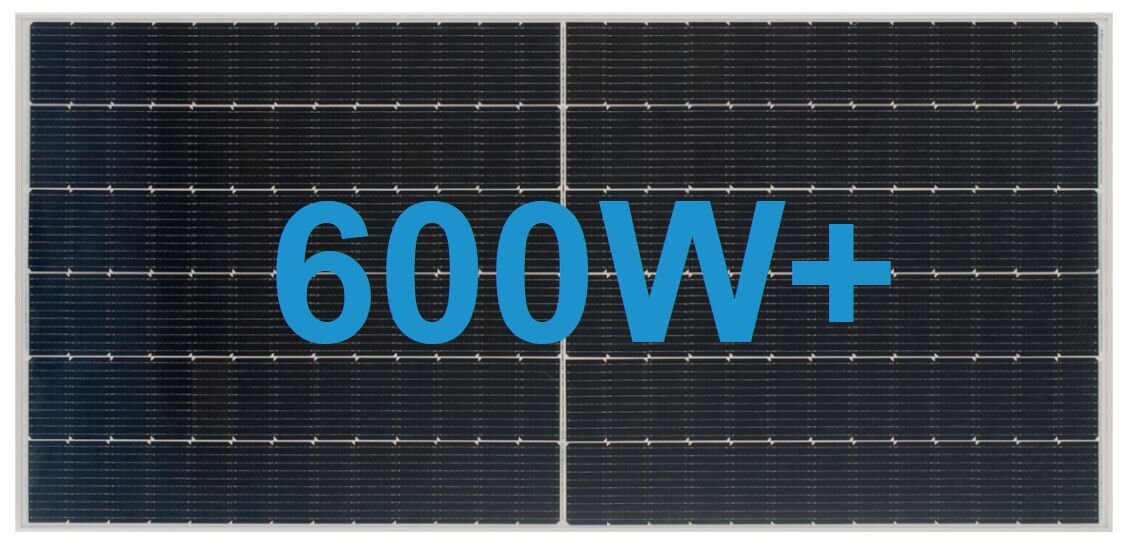The Facts About Best Solar Panels Revealed
Some Ideas on Best Solar Panels You Need To Know
Table of ContentsBest Solar Panels for DummiesSome Of Best Solar PanelsBest Solar Panels Things To Know Before You BuyExcitement About Best Solar PanelsLittle Known Facts About Best Solar Panels.The 4-Minute Rule for Best Solar Panels
Key takeaways There are 3 different sorts of photovoltaic panels: monocrystalline, polycrystalline, as well as slim film (Best solar panels). Monocrystalline solar panels are very effective and also have a sleek design, yet come with a higher price point than various other photovoltaic panels. Polycrystalline solar panels are less costly than monocrystalline panels, however, they are much less reliable and aren't as cosmetically pleasing.
Since polycrystalline cells consist of multiple silicon cells, the electrons can not move as easily and also therefore, lower the performance of the panel. The reduced performance of polycrystalline panels likewise suggests they often tend to have a reduced power output than monocrystalline panels, generally ranging in between 240 watts and 300 watts.
7 Simple Techniques For Best Solar Panels


The temperature level coefficient tells you how a lot the power result will certainly decrease by for every single 1 * C over 25 * C the panel gets. The standard temperature coefficient for mono and also polycrystalline panels typically drops somewhere in between -0. 3% and -0. 5% per * C. Thin movie panels on the various other hand, are around -0.
With some slim film panels, it's tough to even see the private cells within the panel. They additionally have a tendency to have much less electrical wiring and busbars, meaning there's much less white room. However, since they are so ineffective, you would require to cover your whole roofing in thin film panels - which may or may not be your style.
Best Solar Panels - Truths
The method monocrystalline solar cells are designed causes there to be quite a bit of white room on the panel. Some suppliers have actually functioned around this with black packing or shaping the cells in different ways, but these visual adjustments can influence both the price as well as performance of the panels. On the whole, monocrystalline panels still look streamlined, however they're a bit much more obvious than slim movie panels.
We do not suggest thin movie solar panels for property setups - their performance and resilience do not make the inexpensive worth it, and it's not likely you'll have nearly adequate area to install the variety of thin film panels you would certainly need to cover your house electrical energy usage. Factors to consider besides photovoltaic panel kind There are two points we right here at Solar, Reviews think are more crucial than solar PV cell kind when selecting panels for your home: the Learn More Here brand name of photovoltaic panels as well as discovering the appropriate solar installer (Best solar panels).
A solar panel system will certainly visit this website be on your roof for at least 25 years, so you need an installer you can trust for two-plus years!
The Buzz on Best Solar Panels
Since they are made from pure silicon, they can be readily determined by their dark black shade. The usage of pure silicon also makes monocrystalline panels the most space-efficient and longest-lasting among all three solar panel types. This comes at a cost a whole lot of silicon is squandered to create one monocrystalline cell, in some cases reaching over 50%.
Polycrystalline solar panels As the name implies, these come from different silicon crystals rather than one. The silicon pieces are melted as well as poured into a square mold and mildew. This makes polycrystalline cells much a lot more budget friendly given that there is little waste, as well as provides that particular square shape. Nevertheless, this additionally makes them less efficient in regards to energy conversion and also area, considering that their silicon pureness and also building are reduced than monocrystalline panels.
Each panel does not require a structure support, making them lighter and easier to set up. Unlike crystalline silicon panels that can be found in standard sizes of 60, 72, and also 96-cell matters, thin-film panels can come in various dimensions to fit particular hop over to here needs. Nonetheless, they are less effective than typical silicon solar panels.
An Unbiased View of Best Solar Panels
Unlike mono-and polycrystalline solar cells, the silicon is not structured on the molecular degree. Typically, an a-Si cell calls for only a portion of the silicon needed to create common silicon cells. This allows them to have the cheapest production price, at the cost of efficiency. This is why a-Si panels are suited for applications that call for really little power, such as pocket calculators.
The combination of these aspects leads to the greatest effectiveness among thin-panel types, though still not as reliable as crystalline silicon panels. Monocrystalline panels have a performance ranking over 20%. PERC panels include an additional 5% efficiency thanks to their passivation layer. Polycrystalline panels hover somewhere in between 15-17%. CIGS panels have an efficiency range of 13-15%.
$0. 32-$0. 65 $1 $1. 50 $0. 70 $1 $0. 60 $0. 70 $0. 50 $0. Best solar panels. 60 $0. 43 $0. 50 Note that these numbers don't include the expense of installation and also labor. With labor and also various other overhead variables, the overall can increase to $2. 50 to $3. 50 per watt.
All About Best Solar Panels
This loss of result is mirrored via the temperature level coefficient, which is an action of the panel's decline in power result for each 1C rise over 25C (77F). Monocrystalline as well as polycrystalline panels have a temperature coefficient between -0. 3%/ C to -0. 5%/ C, while thin-film panels are more detailed to -0.